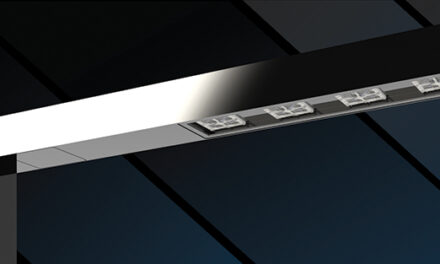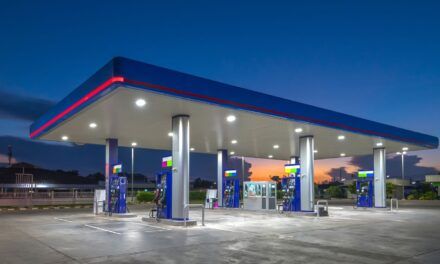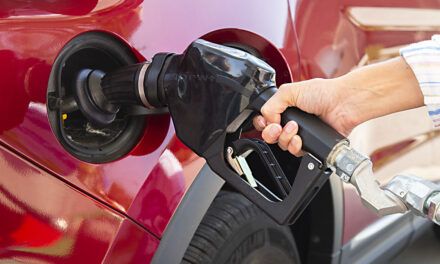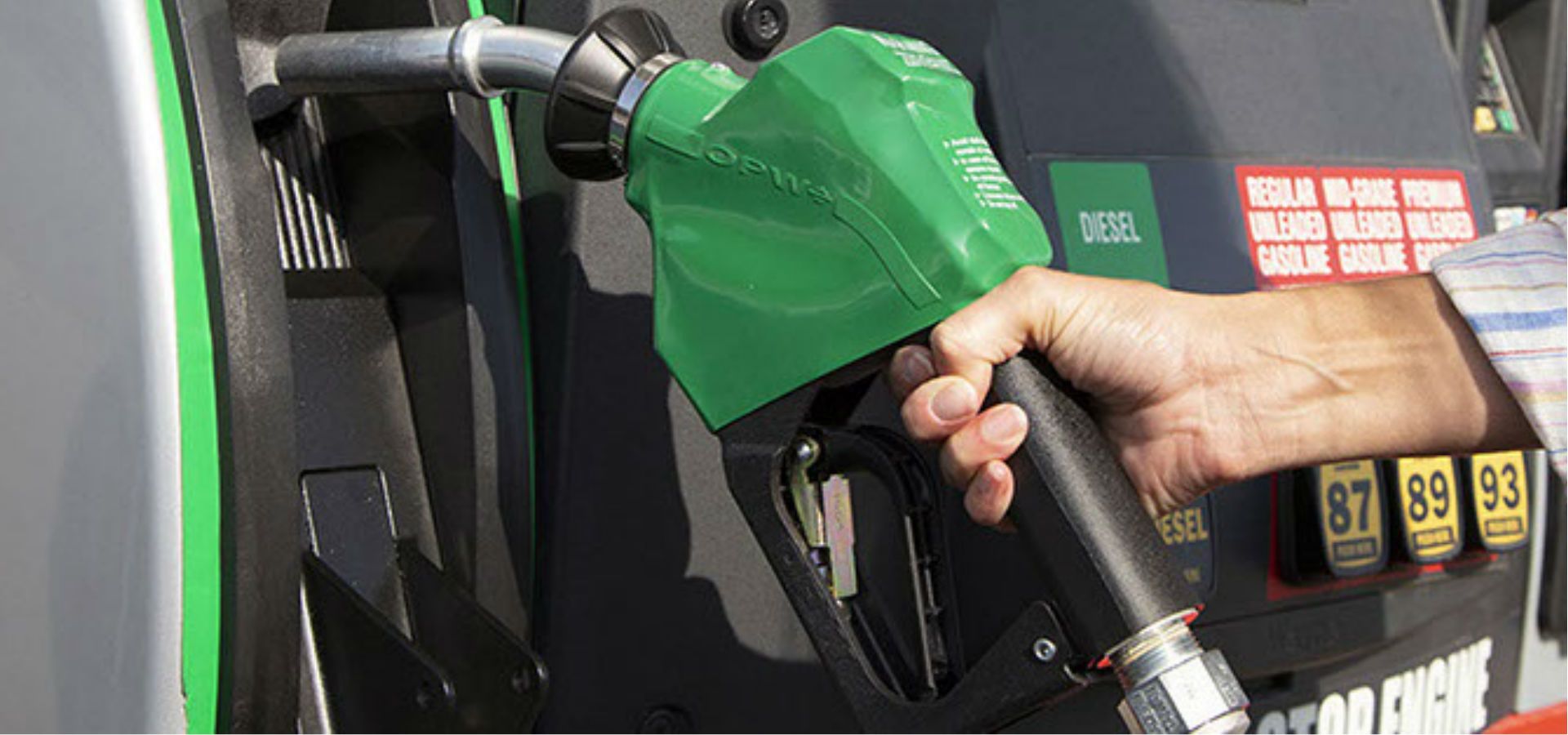
A Proactive Approach Can Be Aided By Advances In Fuel-Containment Components

By Ed Kammerer
In our last issue, we took a closer look at the debate regarding whether it is better for fuel-site operators to wait for or anticipate failures in their fueling location’s underground fuel-storage and dispensing system and repair them as they happen, or to instead take a more proactive approach and upgrade the system by replacing aging equipment (some of which can be more than 20 years old) with the latest technology before it breaks down or fails.
We came down firmly on the side of being proactive in outfitting a site’s underground fuel-storage system for three principal reasons: 1) Today’s underground storage-system equipment is much more reliable, safe and efficient than decades-old iterations, 2) an expanded motor-fuel menu places new demands on storage systems, and 3) the local, state and federal regulatory environment has evolved, meaning that older equipment may now be out of code.
Knowing and accepting this premise, the question then becomes, “What is the best way to proactively upgrade an underground fuel-storage system and its many components?” The answer is that in the years that have passed since much of that equipment was installed at the turn of the 21st century, equipment developers, manufacturers and suppliers have continued working to improve existing technology and create new solutions to age-old concerns.
The types of equipment in this realm generally fall into one of two categories: containment equipment and systems or storage-tank equipment and systems. In this article, we will take a look at some of the major technological advances that are now available to the market in the area of containment equipment and systems.
The Best Form Of Containment
OPW Retail Fueling, Smithfield, NC, USA, has established a reputation as a leader in the design and manufacture of systems and components for use at retail-fueling sites by being proactive in creating new solutions. In attempting to look forward, OPW has found innovative ways to improve the operational capabilities and performance of traditional components found in containment systems, either through upgrades of existing technologies or the creation of new ones.
Called “Watertight Wonders,” these containment products are designed to help prevent the potentially dangerous leaking of fuel into the soil or local groundwater supplies while simultaneously keeping water from intruding into the fuel-storage tank, which can compromise the fuel’s quality and result in damage to a vehicle’s fueling system if left unchecked. Standing water can also corrode pumps, piping and electrical connections, with electrical shorts affecting pump and leak-detection system performance. Fuel leaks and water intrusion can also lead to costly downtime and cleanup costs that can put the fuel retailer’s bottom line at risk.
OPW’s Watertight Wonders family of products includes:
FibreTite Tank Sumps: The only tank sump manufactured with Resin Transfer Molding (RTM) technology, FibreTite sumps have consistent wall thicknesses and exceptionally smooth wall surfaces for ultra-tight entry-fitting installation. A stainless-steel ring and watertight sealing gasket provide proven seal security that helps prevent water intrusion.
ElectroTite No-Drill Tank Sumps: The conduit-less threads, which are located on the outside of the UL-listed Kwik-Wire explosion-proof junction box, are installed in the factory, which eliminates the need for on-site drilling. The Kwik-Wire junction box also allows for the high-voltage submersible turbine pump (STP) and low-voltage sensor wires to be located in the same spot, which makes for easier inspection with no need to enter the confined sump area.
EDGE Double-Wall Spill Containers: The EDGE spill container can be installed in the same space as single-wall spill containers, but offers significantly improved reliability, testing and serviceability. Engineered static seals do not require messy sealants or dynamic seals that can degrade and fail. The roto-molded primary and secondary buckets provide long-life durability and reliability. The top-mounted vacuum test port is easy to access and a visual gauge eliminates the need for dipsticks, which simplifies testing time. And the EDGE spill container can be serviced, upgraded and replaced without breaking concrete.
FibreTite Composite Multiports: Provides unparalleled protection against water intrusion, easy access to overfill-prevention valves and optimized spill-containment protection. Features include a flush-mounted sealable composite manhole cover that protects against water intrusion; watertight aluminum sump-inspection port; integrated double-wall spill container; UL-listed nitrile shroud boot that prevents water intrusion through the top cover; and a watertight sealed port that is easy to access and inspect.
DSE Dispenser Sumps: As OPW’s newest dispenser-sump innovation, the DSE model has been designed to deliver best-in-class quality, fast delivery lead times and affordability. DSE dispenser sumps are conduit-less and constructed using Advanced Composite Technology, which results in a fiberglass sump with exceptionally smooth walls inside and out, making it easier to attach pipe fittings. They are designed for easy nesting, stacking and unstacking, which helps optimize inventory space, while the one-base design eases ordering and site-compatibility issues.
Rigid Entry Fittings (REF): REFs are designed with a hard-shell exterior with a minimal amount of exposed rubber, though they are still able to accommodate ground movement. Sealing redundancy throughout allows the REF to achieve maximum containment and unmatched protection from water intrusion.
Hybrid Entry Fittings (HEF): The HEFs combined the best qualities of OPW’s REF and Double Flexible Entry Boots (DEB). Like REFs, the HEB’s outer half features a hard-shell exterior that can weather the constant abuse found in underground environments, while it mimics the DEB in that its inner half is highly flexible for quick and easy installation and field adjustments.
Retail fuel-site operators who choose to take advantage of these innovations will go a long way toward satisfying their most important mission: creating a fueling site that appeals to drivers by ensuring that it is open for business and operating safely.
Conclusion
In illustrating that being proactive is the best way manage the age and upkeep of your underground fuel-storage system, it’s important to also note that the manufacturers of containment equipment have taken a proactive approach to optimizing their product offerings. This has led to the creation of many new components that can be used to upgrade existing fuel-storage systems, which will help make them safer, more efficient and more cost-effective to operate and maintain.
In our next article, we will conclude our look at the ways that being proactive in attending to your fuel-storage equipment needs is the best way to help ensure a successful fueling operation by highlighting the latest technological advances that can be found in the area of underground storage tank equipment. In particular, we will focus on the components that can be reached, repaired and replaced with no need for the expensive and time-consuming breaking of forecourt concrete.
Ed Kammerer is the director of Global Product Management for OPW, based in Cincinnati, OH, USA. He can be reached at ed.kammerer@opwglobal.com. OPW is defining what’s next in fueling solutions and innovations worldwide. OPW delivers product excellence and the most comprehensive line of fueling equipment and services to retail and commercial fueling operations around the globe. For more information on OPW, please go to opwglobal.com



































